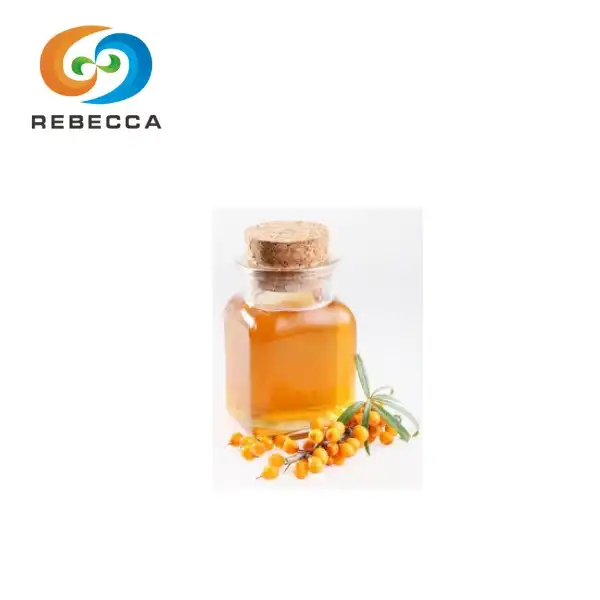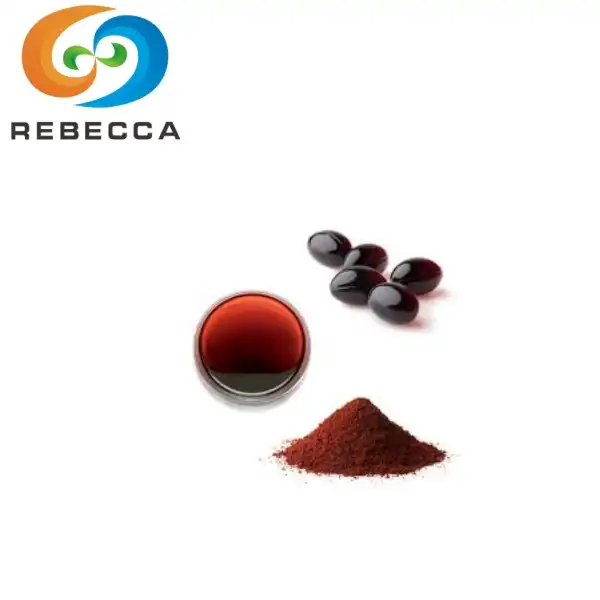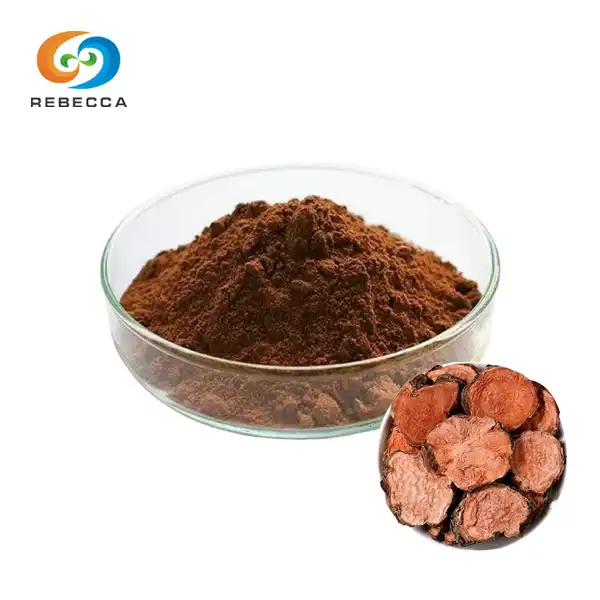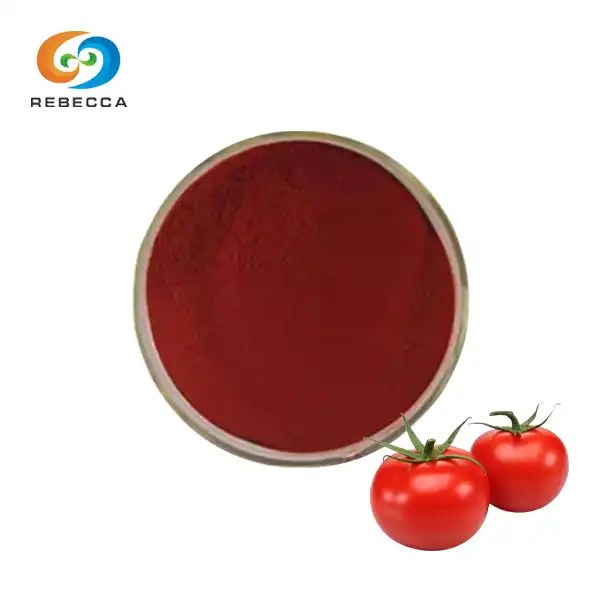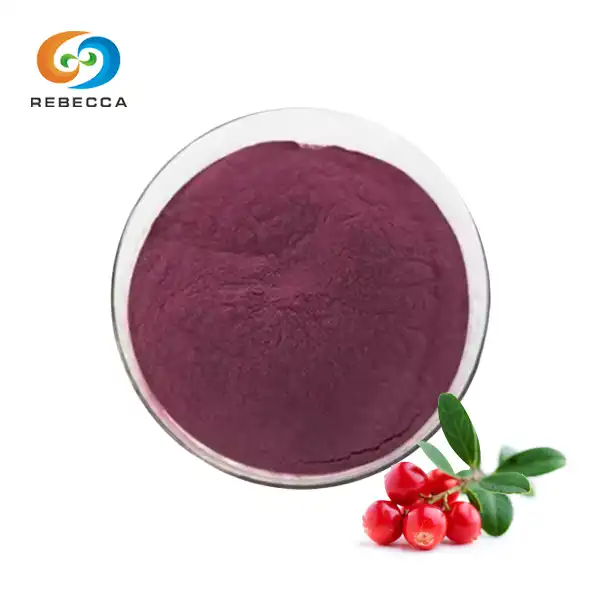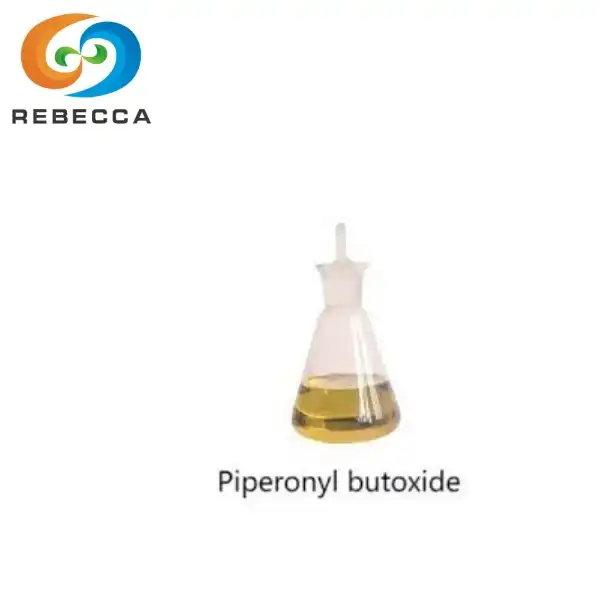What Is Urolithin A?
Urolithin A powder is a fascinating compound that has been gaining attention in the scientific community for its potential health benefits. This naturally occurring metabolite is formed in the body through a unique process and has shown promise in various biological functions. In this article, we'll explore what Urolithin A is, how it's formed, its biological functions, and what makes it stand out among nutraceuticals.
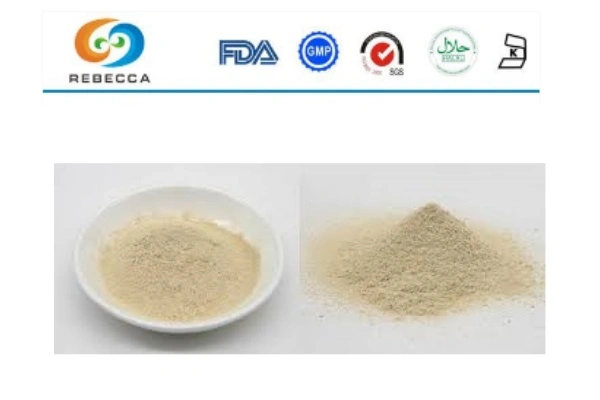
What is Urolithin A?
Urolithin A is a metabolite that belongs to the class of compounds known as dibenzopyranones. It's not directly found in foods but is instead produced by the gut microbiota when they process certain dietary compounds, particularly ellagitannins and ellagic acid. These precursor compounds are abundant in foods such as pomegranates, strawberries, raspberries, walnuts, and oak-aged wines.
Chemically, Urolithin A is characterized by its molecular formula C13H8O4 and has a molecular weight of 228.2 g/mol. Its structure consists of two benzene rings fused to a pyran ring, with hydroxyl groups at the 3 and 8 positions. This unique structure contributes to its biological activities and potential health benefits.
It has garnered significant interest in recent years due to its potent antioxidant and anti-inflammatory properties. It's been the subject of numerous studies investigating its potential role in promoting longevity, improving muscle function, and protecting against various age-related diseases.

How Is Urolithin A Formed in the Body?
The formation of Urolithin A in the body is a fascinating process that highlights the intricate relationship between our diet, gut microbiome, and overall health. The journey begins with the consumption of foods rich in ellagitannins and ellagic acid.
When these compounds reach the gut, they encounter the diverse community of microorganisms that make up our gut microbiome. Certain species of bacteria, particularly those belonging to the Gordonibacter genus, have the enzymatic capacity to break down ellagitannins and ellagic acid into simpler compounds.
The first step in this process is the hydrolysis of ellagitannins to release ellagic acid. The ellagic acid is then further metabolized through a series of reactions, including decarboxylation and dehydroxylation, to form Urolithin D, Urolithin C, and finally, Urolithin A.
Interestingly, not everyone has the gut microbiota capable of producing Urolithin A efficiently. Studies have shown that there's significant inter-individual variability in its production, with some people being classified as "high producers" and others as "low producers" or even "non-producers". This variability has led to increased interest in Urolithin A powder as a dietary supplement, especially for those who may not naturally produce it in significant quantities.

What Are the Biological Functions of Urolithin A?
Urolithin A exhibits a wide range of biological functions that contribute to its potential health benefits. Here are some of the key functions that have been identified through scientific research:
1. Antioxidant Activity: It is a potent antioxidant, capable of neutralizing harmful free radicals and reducing oxidative stress in cells. This antioxidant activity is thought to play a role in its potential anti-aging effects.
2. Anti-Inflammatory Properties: Studies have shown that Urolithin A can modulate inflammatory pathways, potentially reducing chronic inflammation associated with various diseases.
3. Mitochondrial Function Enhancement: One of the most exciting discoveries is its ability to improve mitochondrial function. It promotes mitophagy, the process by which cells remove damaged mitochondria, leading to improved cellular energy production.
4. Muscle Health: Research suggests that Urolithin A may help maintain muscle strength and function, particularly in aging individuals. It's been shown to improve muscle endurance and reduce age-related muscle decline in animal studies.
5. Neuroprotection: Some studies indicate that Urolithin A may have neuroprotective properties, potentially benefiting brain health and cognitive function.
6. Gut Health: Given its origin in the gut, it's not surprising that Urolithin A may also benefit gut health. It's been shown to have positive effects on the gut microbiome and may help maintain intestinal barrier integrity.

What Makes Urolithin A Unique Among Nutraceuticals?
Urolithin A stands out among nutraceuticals for several reasons:
1. Endogenous Production: Unlike many other nutraceuticals that are directly ingested, Urolithin A is produced within the body. This endogenous production makes it a unique compound that bridges the gap between nutrients and pharmaceuticals.
2. Gut Microbiome Interaction: The dependence on gut bacteria for its production highlights the importance of the gut microbiome in health and introduces a new dimension to personalized nutrition.
3. Multiple Health Benefits: Its diverse biological functions make it a promising compound for addressing multiple aspects of health simultaneously, from cellular energy production to muscle function and beyond.
4. Safety Profile: Studies have shown that Urolithin A has a favorable safety profile, even at high doses. This makes it an attractive option for long-term supplementation.
5. Bioavailability: Urolithin A has shown good bioavailability and can reach various tissues in the body, including the brain, making it effective for systemic health benefits.

Urolithin A Powder For Sale
Urolithin A represents a fascinating intersection of nutrition, microbiology, and health science. Its unique formation in the body, coupled with its diverse biological functions, makes it a compelling subject for ongoing research and a promising candidate for health promotion.
For those interested in exploring the potential benefits of Urolithin A, high-quality supplements are becoming increasingly available. Rebecca is a company that specializes in the production of Urolithin A Powder. Our factory directly supplies top quality and high purity Urolithin A Powder with a specification of 98%. If you're interested in our product or have any questions, please feel free to contact us at information@sxrebecca.com.
References:
- Espín, J. C., et al. (2013). Annals of Nutrition and Metabolism, 62(1), 31-41.
- García-Villalba, R., et al. (2016). Molecular Nutrition & Food Research, 60(5), 1114-1121.
- Ryu, D., et al. (2016). Nature Medicine, 22(8), 879-888.
- Selma, M. V., et al. (2014). Journal of Agricultural and Food Chemistry, 62(31), 7770-7779.
- Tomás-Barberán, F. A., et al. (2014). Journal of Agricultural and Food Chemistry, 62(29), 6535-6538.
- González-Sarrías, A., et al. (2017). Molecular Nutrition & Food Research, 61(4), 1600830.
